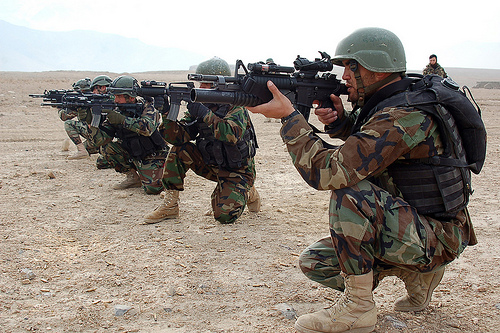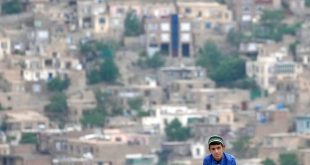Battle-hardened soldiers of Afghanistan are seen as the bulwark against shenanigans and tomfooleries of the Taliban and the lynchpin to a millennial antiterrorism crusade. Our country is fragmented by protracted wars, domestic feuds, rudimentary communications and transport infrastructure, and a resulting rapidly augmenting public detachment. We are suffocating from escalating violence and lawlessness, most of which emanates from militancy and the hegemony of the unruly Taliban. Civilian deaths have increased as the country struggles to strengthen democracy and rule of law. Afghan soldiers have spearheaded the fight against the Taliban since the majority of the American troops laid foot out of Afghanistan.
The drawdown of most NATO coalition forces spurred by an earlier landmark Kabul-Washington bilateral security agreement, risked orchestrating a steadfast fight at the expense of making sustainable gains against the insurgents. But their strife cast no pall as the Afghan special forces and commandos waged an unexpected and unprecedented unaccompanied fight.
Following the withdrawal of coalition forces from Afghanistan in 2014, the insurgents had overran large swaths of Afghan territory by inflicting heavy casualties on overstretched, under-resourced, and poorly trained Afghan forces. Afghan troops have been helming dangerous missions that often involve night raids, firefights, and ambushes against well-armed Taliban and Islamic State fighters. It has been an uphill fight. The prospect of zero frequent intervention of U.S.-led coalition across the country’s often hostile terrain seemed a daunting one. Aside from a limited NATO support in the battlefield, the Afghan forces faced an equally daunting challenge. The demoralized Taliban guerillas have been encroaching upon a vast part of Afghanistan, making it difficult for Afghan defense forces to stage a capable simultaneous fight and step up astounding battlefield operations. They are also bedeviled by another pressing problem – whether to concentrate efforts on offensive operations to wrestle territory back from the insurgency or defensive operations to hold captured areas.
Afghan defense forces powered by intelligence information staged an airstrike in remote areas of northeastern Kunduz province last week, killing scores of Taliban chieftains and surprisingly five Pakistani military advisors – who were purportedly there to help the Taliban plan their future guerilla operations. The incident has had two significant ramifications. On one side, the Taliban who never stop being intransigent have been more demoralized and weakened with the loss of their chief commanders; on the other, Pakistan has taken up umbrage at the airstrike in which its senior military gurus died.
Recent incidents however illustrate how Afghan forces are struggling with limited Western support, particularly from the air – however much they have progressed. Their gallantry is nothing short of inspirational. They also underline how fragile stability remains in Afghanistan, where the West is desperate to prevent the hardline Taliban movement from returning to power. For more than a century now, outsiders have deprived Afghans of a peaceful life. We trust Afghan soldiers will overcome all the deterrence, overshadow the wicked forces of outsiders, and bring us a lasting peace.
 Afghanistan Times Latest News and Analysis from Afghanistan and the Region
Afghanistan Times Latest News and Analysis from Afghanistan and the Region


